1. Caulk Instead of Grout

Caulk has its place, but it’s not a replacement for grout between tiles. Using caulk where grout belongs means joints won’t stay sealed. Over time, the caulk cracks, peels, and allows moisture to seep through. That leads to hidden damage beneath the tiles.
A buyer who notices mismatched lines of caulk sees an amateur job. They also see future maintenance headaches. The idea of redoing an entire tiled surface can be overwhelming. Small shortcuts like this end up costing thousands down the line.
2. Painted-Over Light Switches
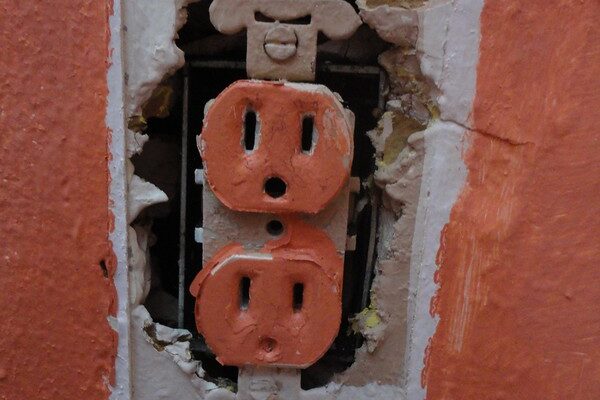
It might look like a small shortcut, but painting over light switches and outlet covers screams “lazy DIY.” Not only does it look sloppy, but it makes it harder to tell if there’s an electrical issue hidden underneath. Potential buyers will wonder what else was “covered up.” Plus, replacing them later is a hassle that costs more than doing it right the first time.
What makes this haunting for buyers is the possibility of bigger problems behind the wall. If you’re willing to paint over switches, you might not have respected other safety codes. Electrical shortcuts can be fire hazards if left unchecked. And any hint of risk can send a cautious buyer running.
3. DIY Plumbing with Flex Pipes Everywhere
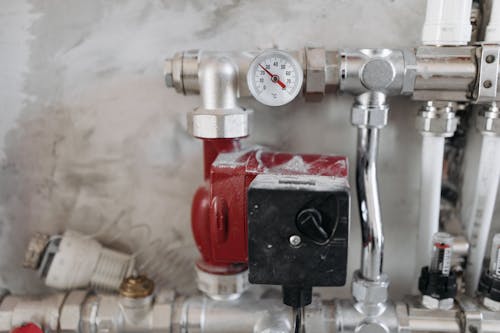
Flexible hoses are handy for temporary fixes, but they’re not meant to replace proper plumbing lines. Overusing them under sinks, toilets, or even behind walls is asking for leaks. They’re more prone to bursting, especially when subjected to water pressure over time. Buyers see this as a ticking time bomb.
When an inspector spots excessive flex piping, they know it’s an amateur job. That discovery can lead to a recommendation for a full plumbing inspection. Suddenly, a buyer imagines thousands in repair bills. Instead of excitement, they’re picturing water damage and insurance claims.
4. Painted-Over Wallpaper
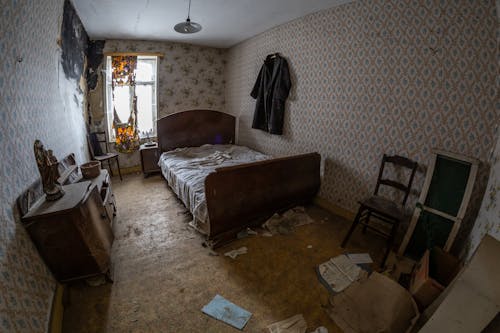
Painting right over wallpaper may look fine at first glance, but it’s a recipe for disaster. Over time, the paint causes the wallpaper glue to loosen, leading to bubbling and peeling. The result? Walls that look worse than before.
For buyers, this signals hours of labor removing layers of mess. Stripping painted wallpaper is notoriously time-consuming. They’ll likely see it as more than just cosmetic—it’s an indicator of poor prep work. That frustration often gets priced into their offer.
5. Creative Electrical “Solutions”

It’s not uncommon for homeowners to “add” outlets or extend wiring themselves. But daisy-chaining extension cords or hiding junctions behind drywall is both unsafe and against code. These shortcuts can lead to overloaded circuits. That’s a major fire hazard waiting to happen.
Home inspectors catch these quickly, and buyers instantly get nervous. Correcting bad wiring isn’t cheap—it often means opening walls and hiring licensed electricians. It makes a house feel unsafe, even if nothing has gone wrong yet. No one wants to buy a fire risk disguised as a bargain.
6. Carpet Over Hardwood Floors

Some homeowners think they’re “upgrading” by covering old hardwood with carpet. But buyers often see this as hiding potential problems. Was the wood damaged by water? Is it warped or rotting underneath? Those are the questions that come up.
Even if the hardwood is fine, buyers hate losing the option to enjoy it immediately. Ripping out carpet is extra cost and effort they weren’t planning on. The suspicion alone can reduce a buyer’s trust. In real estate, trust matters as much as appearances.
7. Bathroom Tiles Stuck with Glue Instead of Mortar
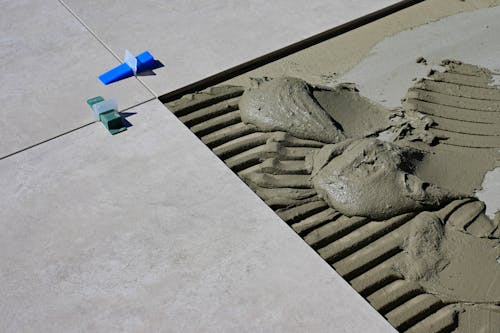
It’s tempting to grab adhesive and stick tiles directly onto the wall or floor. But glue doesn’t hold up against water and steam like mortar does. Over time, the tiles loosen, pop off, or even let water seep behind them. That can cause mold growth that’s expensive to remediate.
A buyer who spots wobbly tiles will suspect a full bathroom redo is needed. It’s not just cosmetic; water damage behind walls can rot wood framing. They’ll likely lower their offer, knowing it’s not a “quick fix” but a structural problem. What looked like a shortcut turns into a deal-breaker.
8. Cheap Laminate Flooring Installed Poorly
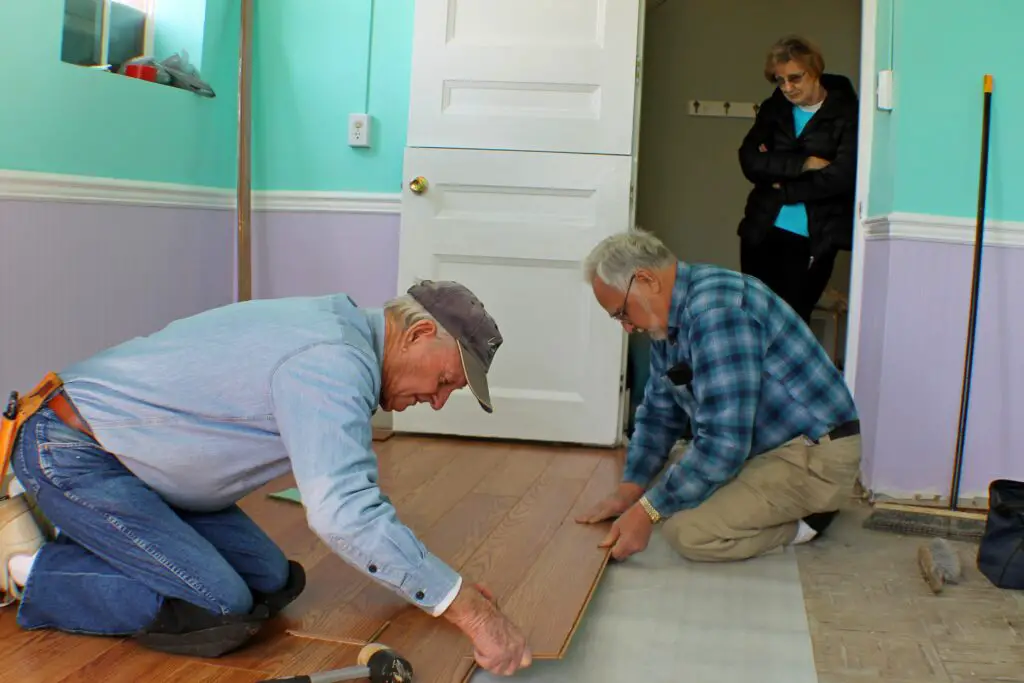
DIY laminate can look great, but improper installation is easy to spot. Gaps between boards, buckling, or clicking sounds underfoot scream “done on a weekend.” Buyers know flooring sets the tone for a whole house. And bad flooring says “hidden work.”
Correcting bad laminate often means tearing it all out and starting fresh. That’s both expensive and inconvenient. Buyers may lower their offer or walk away entirely. A shortcut that seemed affordable quickly becomes a red flag.
9. DIY Deck Additions Without Permits
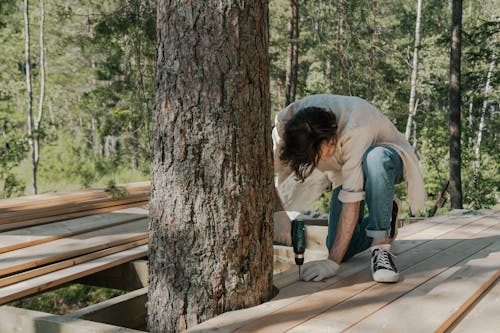
Adding a deck sounds simple, but it’s one of the most common permit-required projects. Without the right footings and fasteners, a deck can be unsafe. Over time, weight and weather expose shoddy construction. Collapsing decks aren’t just dangerous—they’re lawsuit material.
Buyers don’t want to inherit liability. An inspector spotting a deck with no permit record may advise tearing it down. That means lost value and unexpected costs. What was supposed to be a selling feature turns into a deal-killer.
10. Overly “Creative” Paint Choices
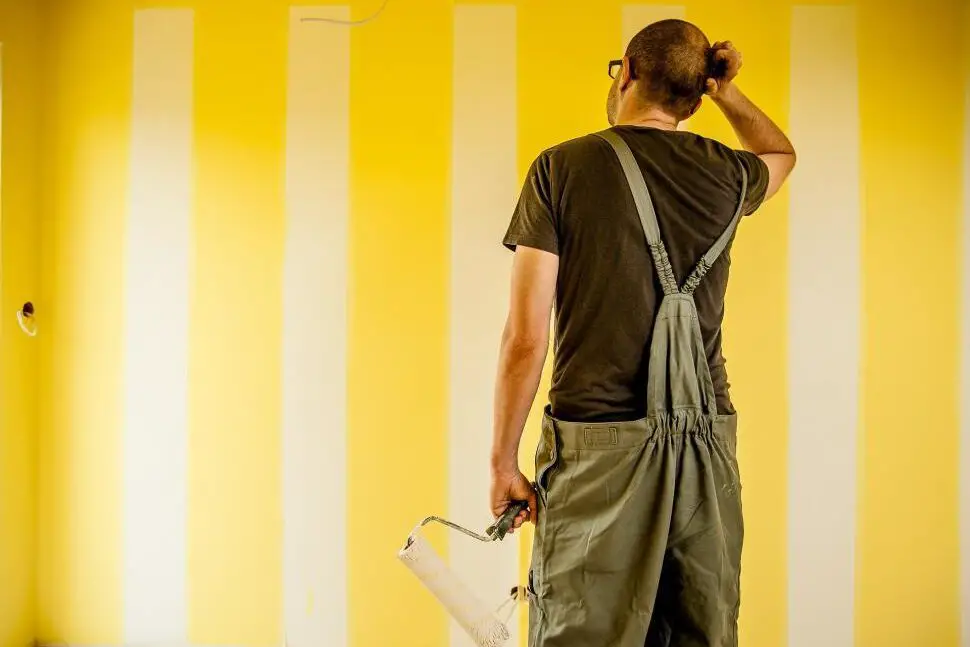
Bright lime green walls or glossy black ceilings may feel expressive to a homeowner. But most buyers see only the cost of repainting. Strong colors shrink buyer imagination—they can’t “see themselves” living there. That makes houses harder to sell.
Even worse, poorly applied paint jobs show brush strokes, drips, or missed spots. It makes buyers wonder about overall upkeep. If corners were cut with something as simple as paint, what else got neglected? It’s not just ugly—it’s unsettling.
11. DIY Basement Finishes Without Waterproofing
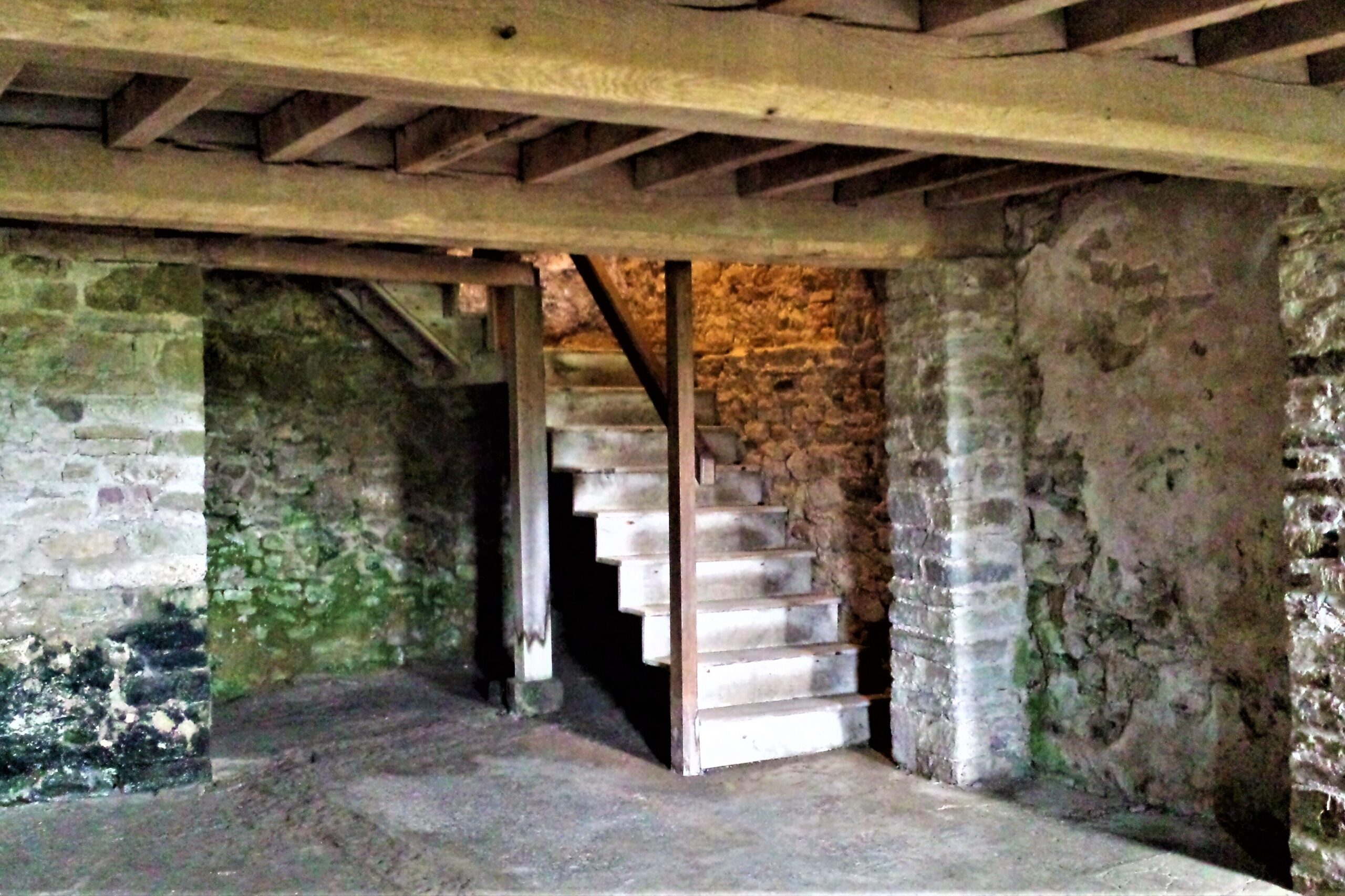
Turning a basement into living space without addressing moisture first is a major mistake. Skipping vapor barriers, sump pumps, or drainage can mean hidden mold. Carpeting and drywall down there just make the problem worse. Buyers can literally smell trouble.
Even if mold isn’t visible, inspectors look for signs of water intrusion. A poorly finished basement suggests future health risks and big repair costs. That makes the “extra living space” worthless. Buyers want reassurance, not a damp gamble.
12. Mismatched DIY Repairs
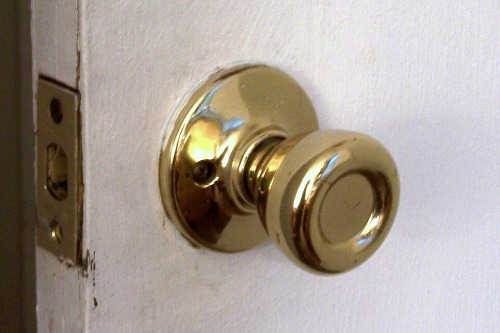
Using random knobs, doors, or trim pieces from the clearance bin may save money, but it stands out. Inconsistency in style and quality makes a home feel patched together. Buyers crave cohesion—they don’t want a house that feels cobbled. It lowers perceived value, even if the structure is fine.
What’s worse is that mismatches often make buyers suspect cheap fixes elsewhere. If the eye test fails, trust in the hidden systems (plumbing, wiring, roof) drops. That doubt can tank negotiations. Buyers want to feel confident, not skeptical.
13. Makeshift Roof Repairs
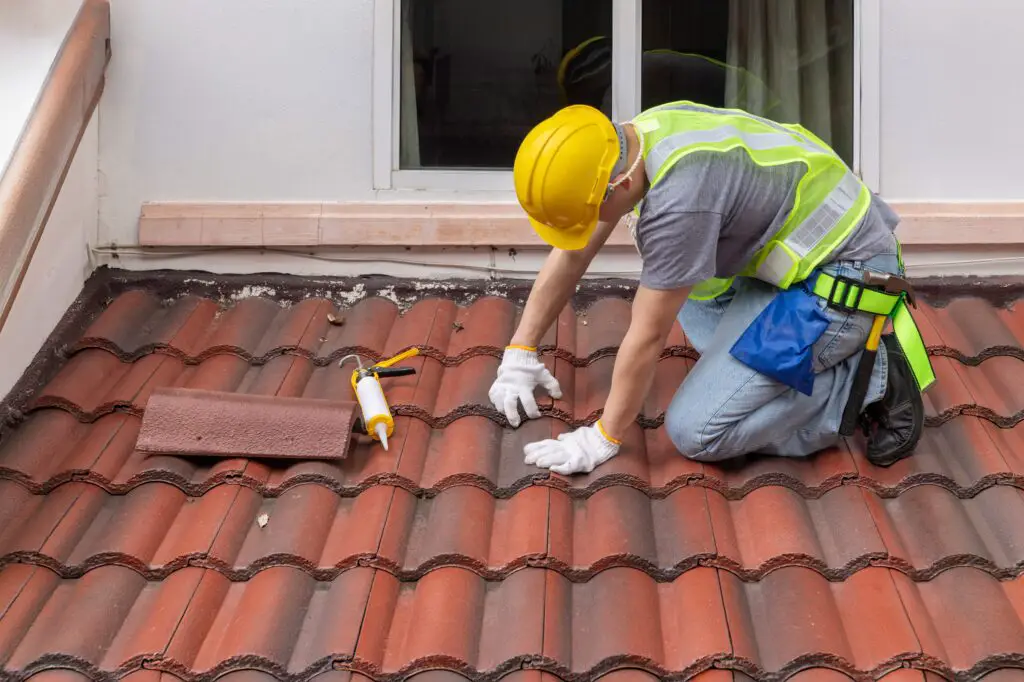
Nailing shingles on top of damaged ones or using tar patches seems like a quick fix. But roofing shortcuts rarely last. Water still finds its way in, and underlying damage keeps spreading. Buyers know a bad roof equals big money.
Home inspectors always climb up there, and patched roofs are easy to spot. That usually triggers recommendations for full replacement. A roof problem is one of the scariest issues for buyers, because it threatens the whole house. Nobody wants a haunted roof hanging over them.
14. Overdone Landscaping That’s Impossible to Maintain

Homeowners sometimes think more is better with landscaping—ponds, stone paths, or elaborate gardens. But buyers often see high-maintenance headaches. They picture hours of upkeep or expensive landscaping services. The beauty quickly turns into burden.
If the landscaping also causes drainage issues, it’s worse. Water flowing toward the foundation is a major red flag. Buyers don’t want hidden flooding problems disguised as “curb appeal.” Simplicity often sells better than complicated “DIY paradise” yards.
This post 14 DIY Fixes That Will Haunt the Next Buyer of Your House was first published on Greenhouse Black.
